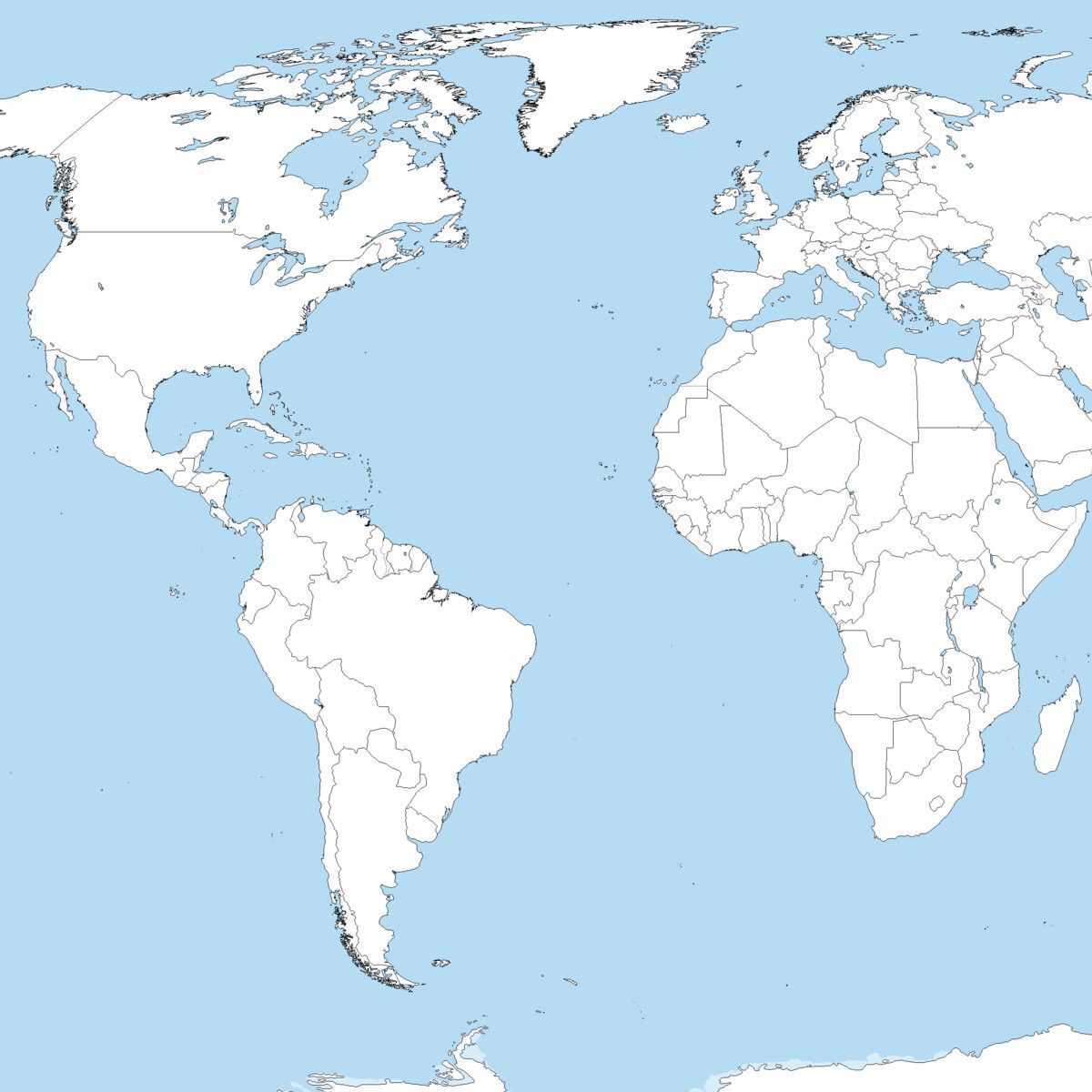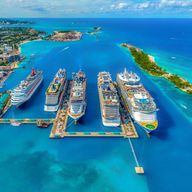

Nautica - 9/16/2027
The September 16, 2027 cruise on the Nautica departs from Barcelona, Spain. On this 10 Night Croissants & Cannoli (Barcelona To Rome) sailing, the ship will visit a total of 10 cruise port destinations, including its departure port. The Nautica sets sail on Thursday, Sep 16th and returns on Sunday, Sep 26th.
Cruise Pricing
The graph below tracks historic price of the Nautica cruise ship departing September 16, 2027. The most recent price for this sailing starts at $2,821 ($283 per night) for an Inside Cabin. Compared to the average price of $2,898 ($290 per night), this represents a recent decrease of 3%.
Use the buttons below to toggle between cabin types.
Cruise Itinerary
Itinerary
Nautica - September 16, 2027 - 10 Nights
| Day | Date | Port |
|---|---|---|
| 1 | Sep 16th | Barcelona, Spain |
| 2 | Sep 17th | Palamos, Spain |
| 3 | Sep 18th | Marseille (Provence), France |
| 4 | Sep 19th | Monte Carlo, Monaco |
| 5 | Sep 20th | Livorno, Florence, Italy |
| 6 | Sep 21st | Bastia, Corsica |
| 7 | Sep 22nd | Olbia, Sardinia |
| 8 | Sep 23rd | At Sea |
| 9 | Sep 24th | Messina, Sicily |
| 10 | Sep 25th | Salerno (naples), Italy |
| 11 | Sep 26th | Civitavecchia (Rome), Italy |
The Nautica sails on September 16, 2027 for a 10 Night Croissants & Cannoli (Barcelona To Rome). The ship will depart the port of Barcelona, Spain at 5:00 PM and will return to the port of Civitavecchia (Rome), Italy on Sep 26th at 8:00 AM. During the 11-day journey, the Nautica will visit 9 additional ports and will spend 1 days at sea.
Itinerary Safety Score
Based on my comprehensive research of cruise port safety information, including recent crime reports, travel advisories, Global Peace Index rankings, and specific port security concerns, we've created a "safety score" for each cruise port stop. The overall rating below represents a combined score for your specific cruise itinerary.
Cruise Ship

Nautica
Oceania Cruise Line
The Nautica was built in 2000 and is among Oceania's 6 ships in its fleet. The Nautica is included in the cruise line's Regatta class. In the cruise ship stats below, you'll find the Nautica vs all other Oceania ships.
Cruise Ports
Barcelona, Spain, offers docking at Barcelona Port. Travelers explore Sagrada Familia and Park Güell. Excursions visit Montserrat Monastery. Local markets sell paella. The peak season, April to October, brings warm weather for city tours. Photography captures Gaudí architecture and Mediterranean vistas. Dining onboard includes tapas, a Spanish favorite. Souvenirs, like ceramic crafts, are sold in ship shops. Briefings cover Catalan history. Light clothing and sun protection suit the Mediterranean climate, while comfortable shoes enhance city walks. Barcelona’s cultural charm offers a vibrant Spanish stop. Cruise travelers enjoy a mix of modernist landmarks and scenic coasts, making Barcelona an engaging destination for exploring Spain’s Catalan region. (126 words)
Palamos, Spain, offers docking at Palamos Port. Travelers explore the medieval old town and Fishing Museum. Excursions visit Girona’s Gothic cathedral. Local markets sell gambas de Palamós. The peak season, May to September, brings warm weather for coastal tours. Photography captures Costa Brava beaches and historic streets. Dining onboard includes fideuà, a Catalan dish. Souvenirs, like ceramics, are sold in ship shops. Briefings cover Catalonia’s history. Light clothing and sun protection suit the Mediterranean climate, while comfortable shoes enhance town walks. Palamos’ coastal charm offers a vibrant Spanish stop. Cruise travelers enjoy a mix of maritime heritage, scenic beaches, and medieval history, making Palamos an engaging destination for exploring Spain’s Costa Brava and cultural richness.
Marseille (Provence), France, offers docking at Marseille Port. Travelers explore Notre-Dame de la Garde and Vieux-Port. Excursions visit Aix-en-Provence’s lavender fields. Local markets sell bouillabaisse. The peak season, May to September, brings warm weather for coastal tours. Photography captures basilicas and Mediterranean vistas. Dining onboard includes ratatouille, a French favorite. Souvenirs, like lavender crafts, are sold in ship shops. Briefings cover Provençal history. Light clothing and sun protection suit the Mediterranean climate, while comfortable shoes enhance city walks. Marseille’s cultural charm offers a vibrant French stop. Cruise travelers enjoy a mix of historic ports and scenic fields, making Marseille an engaging destination for exploration. (126 words)
Monte Carlo, Monaco, offers docking at Monte Carlo Port. Travelers explore Prince’s Palace and Casino de Monte-Carlo. Excursions visit Eze’s medieval village. Local markets sell pissaladière. The peak season, May to September, brings warm weather for coastal tours. Photography captures yachts and Mediterranean vistas. Dining onboard includes bouillabaisse, a Monégasque favorite. Souvenirs, like perfume crafts, are sold in ship shops. Briefings cover Grimaldi history. Light clothing and sun protection suit the Mediterranean climate, while comfortable shoes enhance village walks. Monte Carlo’s luxurious charm offers a vibrant Monégasque stop. Cruise travelers enjoy a mix of opulent landmarks and scenic Riviera, making Monte Carlo an engaging destination. (126 words)
Livorno, Florence, Italy, offers docking at Livorno Port with excursions to Florence. Travelers explore Florence’s Duomo and Uffizi Gallery. Excursions visit Pisa’s Leaning Tower. Local markets sell ribollita. The peak season, April to October, brings warm weather for city tours. Photography captures Renaissance art and Tuscan vistas. Dining onboard includes bistecca alla fiorentina, an Italian favorite. Souvenirs, like leather crafts, are sold in ship shops. Briefings cover Medici history. Light clothing and sun protection suit the Mediterranean climate, while comfortable shoes enhance city walks. Livorno’s cultural gateway offers a vibrant Italian stop. Cruise travelers enjoy a mix of historic art and scenic hills, making Livorno an engaging destination. (126 words)
Bastia, Corsica, docks at Port de Commerce, a 10-minute walk to the old town, population 45,000. Travelers visit the 15th-century Citadel with Genoese towers. Place St-Nicolas offers cafe-lined squares. Excursions to Cap Corse, 30 minutes north, explore fishing villages. Local markets sell clementines. Peak season June to September; taxis 5-10 EUR. Dining includes aziminu (fish soup) at harbor trattorias. Souvenirs feature olive oil.
Olbia, Sardinia, Italy, provides docking at Olbia Port. Travelers explore the Basilica of San Simplicio and Nuragic ruins. Excursions visit Porto Cervo’s glamorous coast. Local markets sell pecorino cheese. The peak season, May to September, brings warm weather for coastal tours. Photography captures medieval architecture and Emerald Coast vistas. Dining onboard includes culurgiones, a Sardinian pasta. Souvenirs, like cork crafts, are sold in ship shops. Briefings cover Sardinia’s history. Light clothing and sun protection suit the Mediterranean climate, while comfortable shoes enhance ruin walks. Olbia’s historic and coastal charm offers a vibrant Italian stop. Cruise travelers enjoy a mix of ancient sites, scenic beaches, and Sardinian culture, making Olbia an engaging destination for exploring Italy’s island heritage.
Take advantage of the many on board activites during your day at sea. You'll have more than enough to fill your day!
Messina, Sicily, offers docking at Messina Port. Travelers explore Messina Cathedral and Taormina’s Greek Theatre. Excursions visit Mount Etna. Local markets sell arancini. The peak season, April to October, brings warm weather for coastal tours. Photography captures volcanic landscapes and Tyrrhenian vistas. Dining onboard includes pasta alla norma, a Sicilian favorite. Souvenirs, like ceramic crafts, are sold in ship shops. Briefings cover Norman history. Light clothing and sun protection suit the Mediterranean climate, while sturdy shoes enhance volcano hikes. Messina’s cultural charm offers a vibrant Italian stop. Cruise travelers enjoy a mix of historic landmarks and scenic volcanoes, making Messina an engaging destination for exploration. (126 words)
Salerno (Naples), Italy, offers docking at Salerno Port with excursions to Naples. Travelers explore Pompeii’s ruins and Amalfi Coast villages. Excursions visit Capri’s Blue Grotto. Local markets sell limoncello. The peak season, April to October, brings warm weather for coastal tours. Photography captures ancient ruins and Tyrrhenian vistas. Dining onboard includes pizza margherita, a Neapolitan favorite. Souvenirs, like ceramic crafts, are sold in ship shops. Briefings cover Roman history. Light clothing and sun protection suit the Mediterranean climate, while comfortable shoes enhance ruin walks. Salerno’s historic allure offers a vibrant Italian stop. Cruise travelers enjoy a mix of archaeological sites and coastal beauty, making Salerno an engaging gateway to Naples.
Civitavecchia (Rome), Italy, offers docking at Civitavecchia Port with excursions to Rome. Travelers explore Colosseum and Pantheon. Excursions visit Vatican City’s Sistine Chapel. Local markets sell gelato. The peak season, April to October, brings warm weather for city tours. Photography captures ancient ruins and Tyrrhenian vistas. Dining onboard includes carbonara, an Italian favorite. Souvenirs, like Murano glass, are sold in ship shops. Briefings cover Roman history. Light clothing and sun protection suit the Mediterranean climate, while comfortable shoes enhance historic walks. Civitavecchia’s cultural gateway offers a vibrant Italian stop. Cruise travelers enjoy a mix of ancient landmarks and scenic coasts, making Civitavecchia an engaging destination. (126 words)